Why Wellness Pros Should Be Certified in Corrective Exercise
If you work in the wellness field—whether as a massage therapist, acupuncturist, or in the fitness world—corrective exercise courses are a game changer for your clients, and even more so for your business. Let’s take a look at why getting certified in corrective exercise is the right next step for your career or your practice.
Who typically chooses to become certified in corrective exercise?
Speaking from our personal experience as trainers in corrective exercise, we tend to see people who are already practicing in the wellness industry, ranging from those who have just started their careers, to those who have been working with clients for a long time.
Our students are typically:
Personal trainers
Massage therapists
Acupuncturists
Recent graduates of kinesiology and physical therapy programs
Corrective exercise programs have something to offer anyone in any of these groups who are looking to build their business, expand the scope of their work, and help their clients heal.
What types of clients is corrective exercise used to treat?
Anyone can benefit from corrective exercise, which means practitioners see clients with a range of backgrounds and needs. From high-performance athletes to those recovering from injuries, corrective exercise is a system of techniques that benefits people of all ages and levels of fitness. Treatments can be algorithmically tailored so that each individual client can get the maximum benefit.
This means that certification in corrective exercise is an excellent means of expanding your client roster. If you have been struggling to break out of a specific niche of clientele, this is a key means of doing so.
What are the benefits of being certified in corrective exercise?
Expand Your Client Base
As we’ve already mentioned, being certified in corrective exercise is an excellent means of expanding not only your offerings but also your clientele. Corrective exercise is a comprehensive treatment regimen that can be applied to anybody because it’s based on a grounded understanding of musculoskeletal health. No matter the age, health, or fitness of a client, custom-tailored corrective exercise routines can be developed to improve their posture, alleviate pain, and improve functionality.
Work Smarter, Not Harder
Hands-on therapy is hard work, and injuries to practitioners aren’t uncommon. For instance, massage therapists frequently suffer from a variety of musculoskeletal disorders, including rotator cuff tears and impingements, wrist tendonitis and tenosynovitis (swelling of the membrane around the tendons), trigger fingers (when fingers become stuck in a bent position and then snap back straight), and injuries to the bursa of the shoulders and elbows.
Certification in corrective exercise enables you to provide treatment that is descriptive and prescriptive and allows you to rest your own body.
Improve Client Communication
Developing corrective exercise treatments requires extensive communication with clients—understanding the nature of their discomfort and what their goals are, explaining and demonstrating applicable exercises, and educating them as to how they can attain and maintain improvements in health.
The process of becoming certified in corrective exercise will improve your ability to communicate with your clients. And there are few things that make a client more likely to keep coming back than simply being understood.
Improve Your Communication With Other Wellness Professionals
When you become a corrective exercise specialist, you seriously step up your exercise science game. More specifically, getting certified in Symmetry requires mastery of the planes of motion, the muscle action spectrum, and skeletal and muscular anatomy. Having this knowledge will empower you to feel more comfortable networking with other professionals and, if you so choose, becoming an integral part of a comprehensive health management team.
Conclusion
We have seen firsthand how corrective exercise benefits both practitioners and the clients they treat. This is why we have become both proponents of and trainers in this technique—because it betters everyone involved.
If you’re interested in becoming a certified corrective exercise specialist, visit our course site to learn more.
